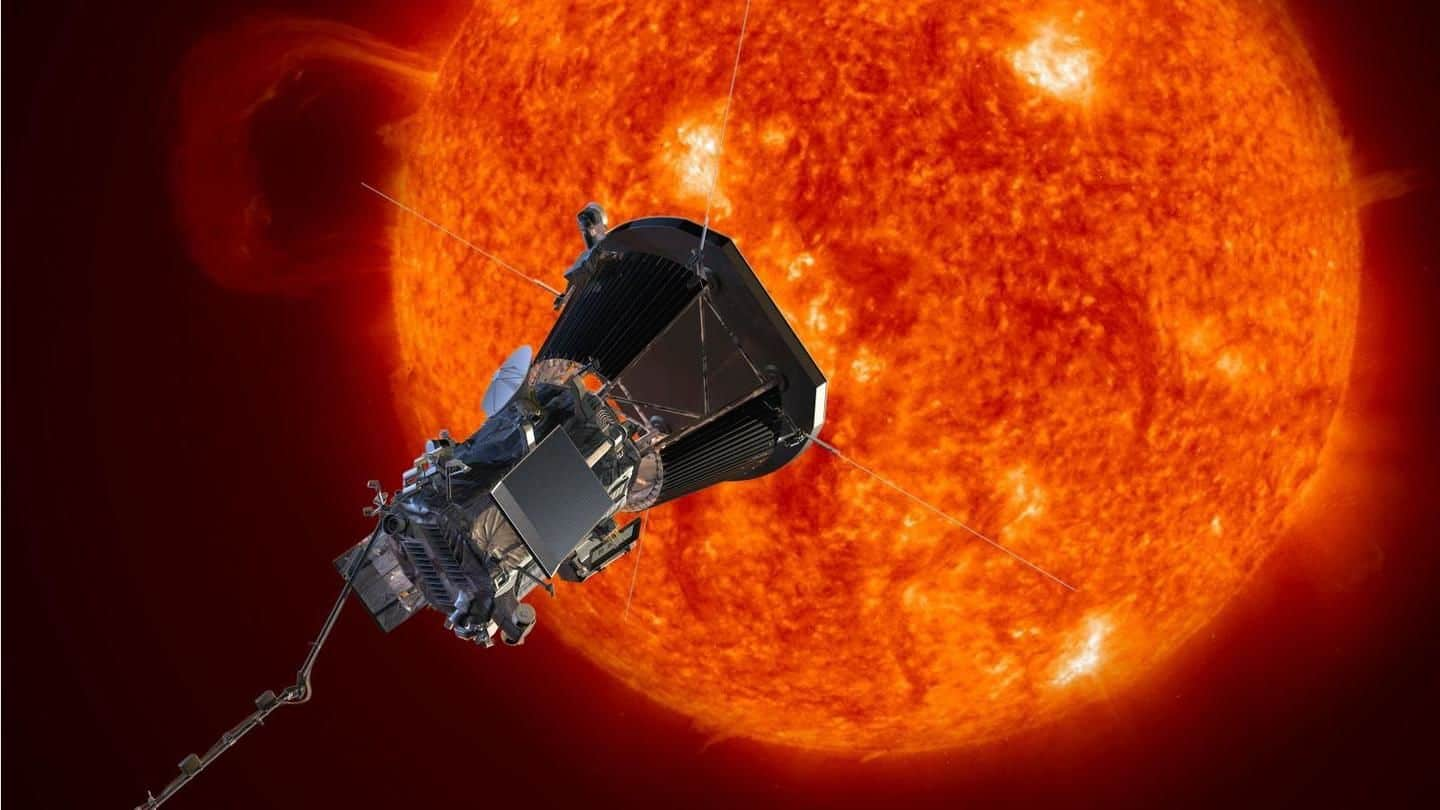
NASA: Humanity's first flight to Sun scheduled for July
What's the story
Humanity's first mission to the Sun is undergoing final preparations ahead of its scheduled launch on July 31. NASA's Parker Solar Probe has been flown to Florida where it will continue testing and eventually undergo final assembly. The Parker Solar Probe will orbit directly through the corona (solar atmosphere), closer to the solar surface than any man-made object has ever been before. Here's more.
Twitter Post
NASA announces launch date for solar mission
Parker #SolarProbe has arrived in Florida to start final preparations for its launch to the Sun, scheduled for July 31! https://t.co/sCZ7Z7gUOc pic.twitter.com/gGBapV4fZN
— NASA Sun Space (@NASASun) April 6, 2018
Testing
Extreme engineering required for the PSP to survive
For the duration of its mission, the Parker Solar Probe will be facing temperatures of up to 1,400 degrees Celsius in the Sun's corona, and will go as close as 6.2 million kilometres to the Sun's surface. To survive such a mission, the Parker Solar Probe will be protected by a 4.5-inch thick carbon-composite heatshield, which will be tested prior to launch.
Mission
What the Parker Solar Probe's seven-year-long mission entails
The Parker Solar Probe, after its launch, will embark on a seven-year-long mission in which it will explore the Sun's outer atmosphere and make critical observations to help scientists answer decades-old baffling questions about the physics of stars. Data collected will also help in forecasting major solar eruptions and subsequent space weather events which might have disruptive potential for technology on Earth.
Twitter Post
Send your name to the Sun aboard the PSP!
We're sending a spacecraft to "touch" the Sun and you can send your name along with it! Submit your name for a journey to our closest star with our Parker #SolarProbe this summer. Details on how to add your name to the microchip: https://t.co/D5wI9iP4o5 pic.twitter.com/INtegqZY13
— NASA (@NASA) April 8, 2018
Earth-Sun connection
Understanding the Earth-Sun connection
With the Parker Solar Probe facing brutal heat and radiation, the mission is expected to provide insights into what drives the solar wind - the constant outpouring of charged particles from the Sun that shapes planetary atmospheres and affects space weather near Earth. The mission, in NASA's own words "will provide a critical link in the Earth-Sun connection".